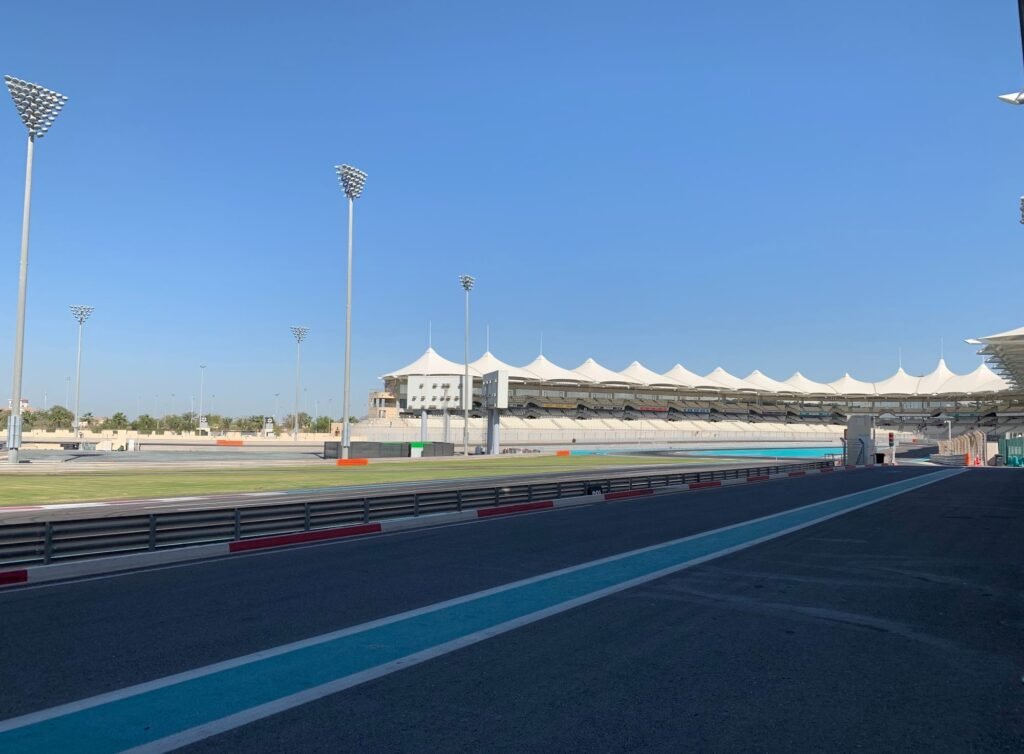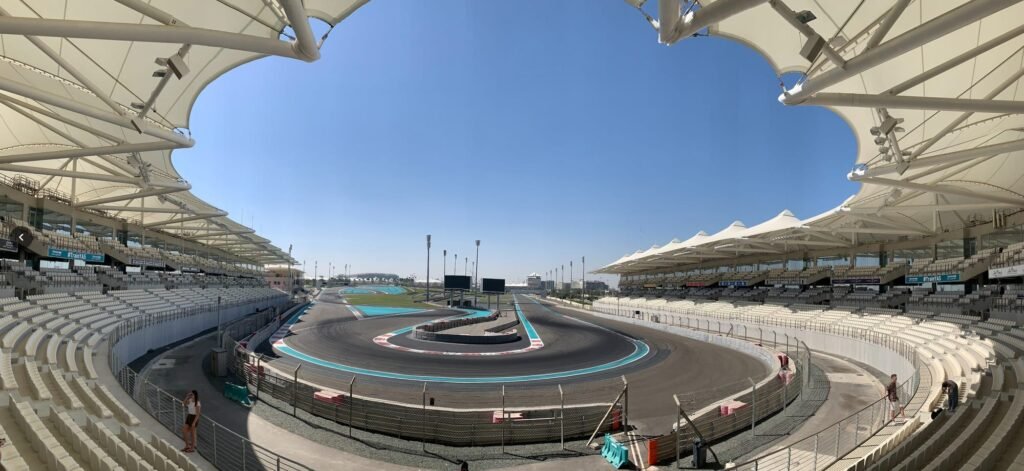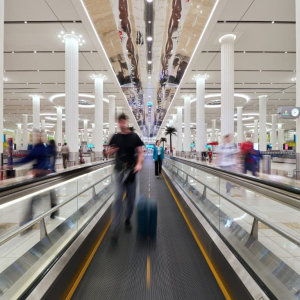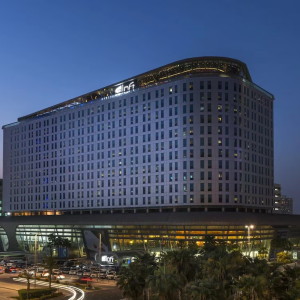When people think of Formula 1, they often picture the glitz of Monaco, the speed of Monza, or the prestige of Silverstone. But in just over a decade, one track has risen from the sands of the Middle East to claim its spot among the greats: Yas Marina Circuit. Located on Yas Island in Abu Dhabi, United Arab Emirates, this high-tech racing facility wasn’t always part of the global motorsport map. In fact, the idea of holding a Formula 1 race in the desert seemed like a bold fantasy at first.
But bold dreams, when paired with vision, planning, and resources, can lead to greatness. This is the story of Yas Marina Circuit, how it evolved from a desert concept into one of the most stunning and technically advanced F1 venues in the world.
The Vision: A Desert Dream is Born
In the early 2000s, Abu Dhabi was undergoing a massive transformation. Visionary leaders were focused on diversifying the economy, boosting tourism, and placing the emirate on the global map as a destination for luxury, innovation, and entertainment. One such initiative was Yas Island, a massive man-made island planned to become a hub for tourism and leisure.

Within this ambitious plan was the creation of Yas Marina Circuit, a racing complex that could host world-class motorsport events, especially the prestigious Formula 1 Grand Prix. The goal was clear: create a circuit that wasn’t just functional, but unforgettable.
And so, the foundations of Yas Marina Circuit were laid, both literally and figuratively, in the heart of the Arabian desert.

Designing a Masterpiece: Hermann Tilke’s Blueprint
To turn the desert dream into reality, Abu Dhabi turned to world-renowned circuit designer Hermann Tilke. Known for his work on modern F1 circuits, Tilke was tasked with creating a layout that offered technical challenges for drivers, exciting views for fans, and world-class facilities.
The result was a 5.554-kilometre track featuring:
- 21 corners, mixing slow hairpins, medium-speed chicanes, and long straights
- The longest straight in F1 at 1.2 km, ideal for high-speed overtakes
- A pit lane exit that passes under the track, a world-first
- A run through a vibrant marina setting, inspired by the Monaco Grand Prix
- A stunning night race under powerful floodlights
Construction began in 2007, and after just two years, Yas Marina Circuit was ready for its global debut.
The Inaugural Race: A Star is Born in 2009
The first Formula 1 Etihad Airways Abu Dhabi Grand Prix was held on November 1, 2009. It was not only the first F1 race in Abu Dhabi, but also the first ever F1 day-to-night race. The race started in daylight and ended under the floodlit sky, adding a dramatic twist and a visual spectacle that had never been seen before.
The inaugural winner was Sebastian Vettel, driving for Red Bull Racing. His victory kicked off what would become a long and successful relationship between Red Bull and Yas Marina.
From the very beginning, the venue impressed with its high-end hospitality, perfect weather, unique layout, and unbeatable visuals. Formula 1 had found a new jewel in its crown.

A Modern Marvel: Features That Set Yas Marina Circuit Apart
Yas Marina Circuit is more than just a race track. It is a multi-purpose facility designed to dazzle visitors and racers alike. Here are some features that make it stand out.
Luxury Meets Speed
Few race circuits in the world offer luxury experiences quite like Yas Marina. The famous W Abu Dhabi hotel, formerly Yas Viceroy, actually straddles the track. Drivers race underneath the hotel bridge, while guests above enjoy five-star comfort and panoramic views of the race.
Marina Setting
Much like Monaco, Yas Marina is located by the water. Mega yachts dock in the marina, turning race weekends into a glamorous festival. The backdrop of yachts, hotels, and glowing lights gives the venue a truly unique feel.
State-of-the-Art Facilities
The circuit boasts:
- A drag strip for acceleration contests
- Multiple circuit configurations for different types of motorsport and events
- On-site karting tracks and driver academies
- Advanced control and safety systems
It’s a venue designed to operate at the highest international standards, and it does so with ease.
F1’s Season Finale: Yas Marina’s Signature Role
From 2014 onwards, Yas Marina Circuit has become the traditional final race of the Formula 1 season. This means the championship often ends under the desert lights, with drama and celebration set against a stunning sunset backdrop.
Perhaps the most unforgettable of these was the 2021 Abu Dhabi Grand Prix, where the world watched in awe as Max Verstappen snatched his first F1 title from Lewis Hamilton on the very last lap. It was a race that became one of the most talked-about in modern F1 history.
With such moments, Yas Marina has proven that it doesn’t just host F1, it helps define it.
Beyond Formula 1: A Hub for All Motorsports
While Formula 1 is its most high-profile event, Yas Marina Circuit is active year-round. It hosts:
- Yas Racing Series, featuring regional motorsport competitions
- Gulf 12 Hours, a major GT endurance race
- Drag and drift nights, open to the public
- Track days, where everyday drivers can test their skills
- Driver academies and training programs
It also offers experiences like passenger hot laps, karting, cycling nights, and even fitness runs. This turns the circuit into a community destination, not just a racetrack.
Redesigning for More Action: The 2021 Layout Update
In an effort to increase overtaking and improve race flow, Yas Marina Circuit underwent a major redesign in 2021. Key changes included:
- Widening and smoothing corners to increase speed
- Reducing the number of chicanes for better flow
- Creating three main overtaking zones to promote closer racing
These changes were praised by both fans and drivers, as they helped make races more competitive and exciting without losing the circuit’s signature charm.
A Destination Beyond Racing
Today, Yas Marina Circuit plays a crucial role in Abu Dhabi’s tourism and entertainment ecosystem. Located on Yas Island, it’s surrounded by:
- Ferrari World Abu Dhabi, home to the world’s fastest roller coaster
- Yas Waterworld, a thrilling water park for families
- Yas Mall, one of the region’s largest shopping destinations
- Etihad Arena, hosting concerts and events
- Yas Beach, hotels, golf courses, and more
This makes the Formula 1 weekend more than a sporting event — it’s a complete holiday experience.

Economic and Cultural Impact
The success of Yas Marina Circuit has helped:
- Boost tourism numbers during race weekends
- Position Abu Dhabi as a global sporting destination
- Inspire motorsport culture in the Middle East
- Attract major global sponsors and media attention
It’s more than a circuit. It’s a symbol of what vision, investment, and passion can achieve.
What the Future Holds
As Formula 1 continues to evolve with a growing audience, sustainability goals, and an expanding calendar, Yas Marina Circuit remains at the forefront. Its ability to adapt, innovate, and captivate means it will likely stay a mainstay on the calendar for decades to come.
There’s also talk of expanding its facilities, adding more fan experiences, and integrating sustainable technologies to reduce environmental impact.
Final Thoughts
What started as a dream in the desert has become one of the most iconic, luxurious, and technically advanced Formula 1 circuits in the world. Yas Marina Circuit isn’t just a racetrack, it’s a celebration of motorsport, innovation, and ambition.
From its eye-catching night races to unforgettable season finales, Yas Marina has earned its place in F1 history, and it’s only just getting started.
Do follow UAE Stories on Instagram
Read More: Why UAE Is Ditching SMS and Email OTPs for Safer Login














